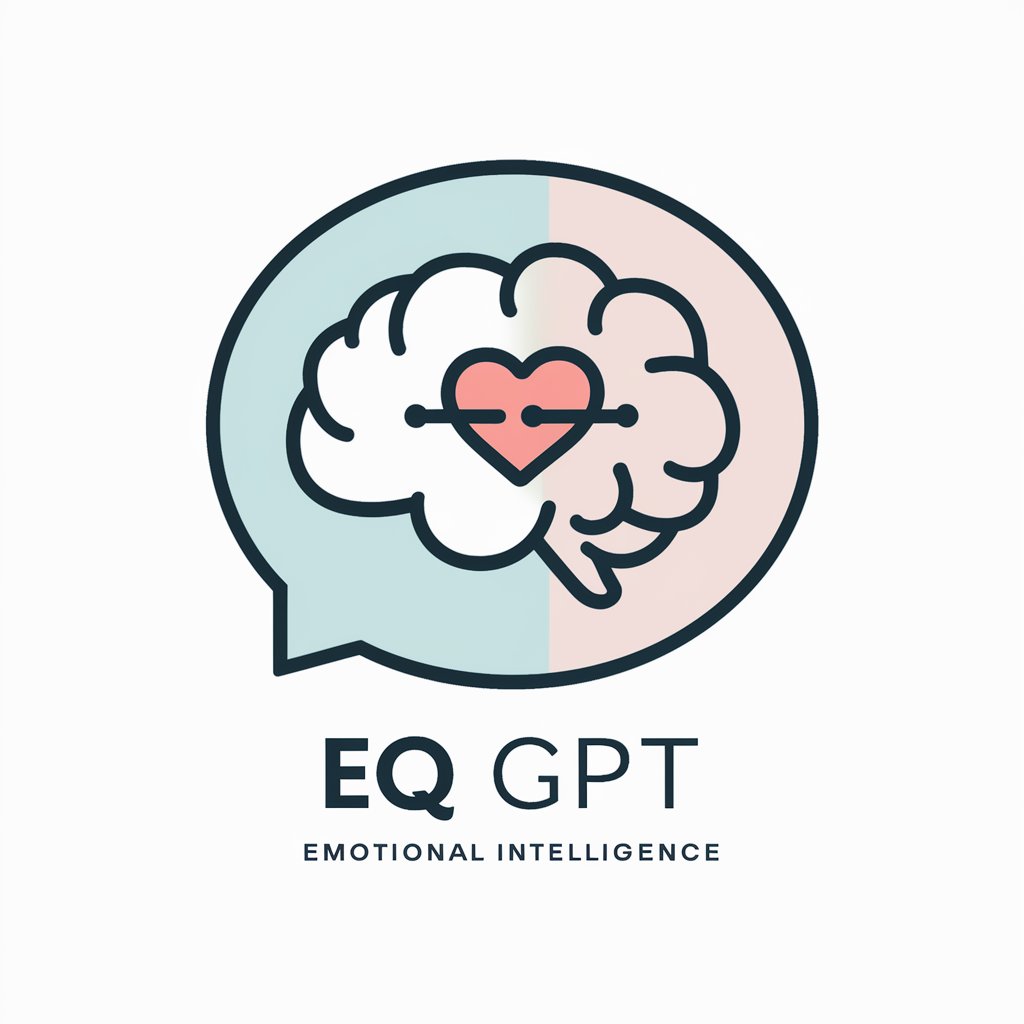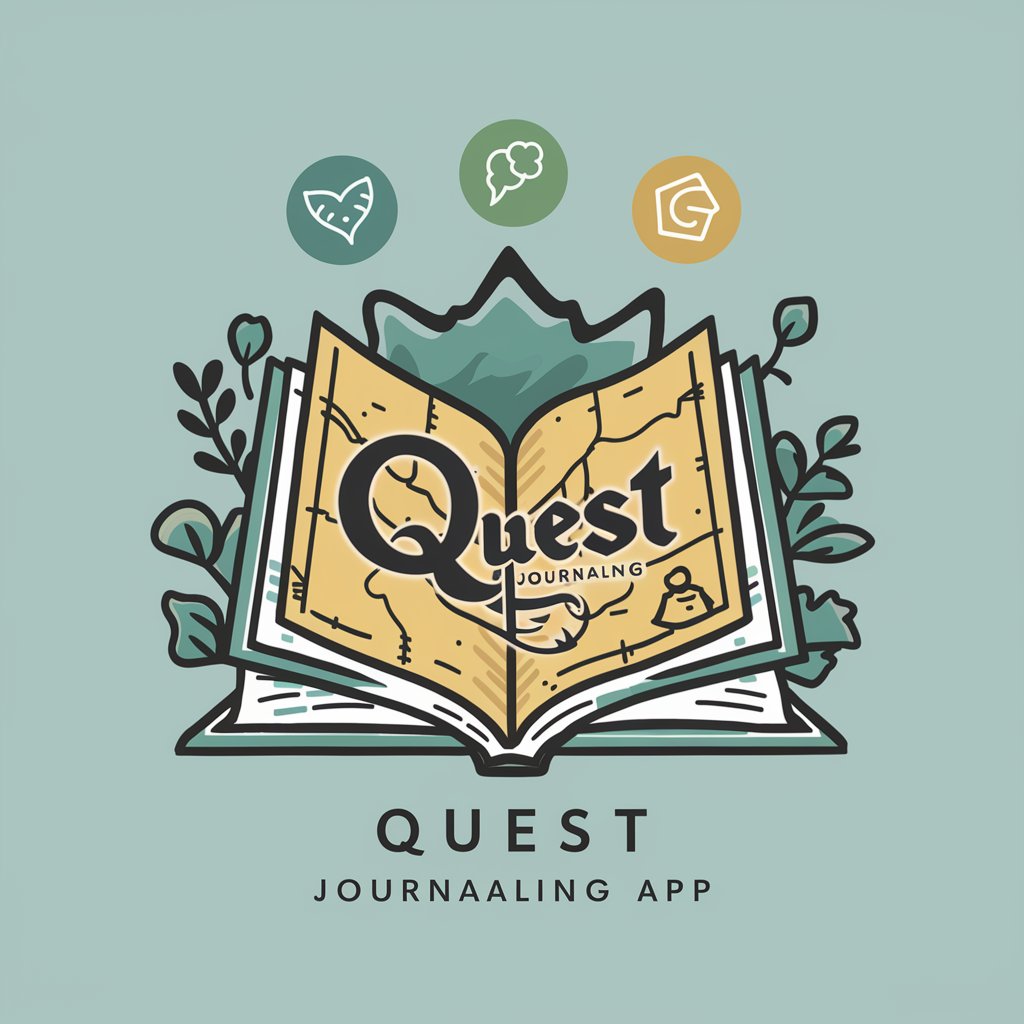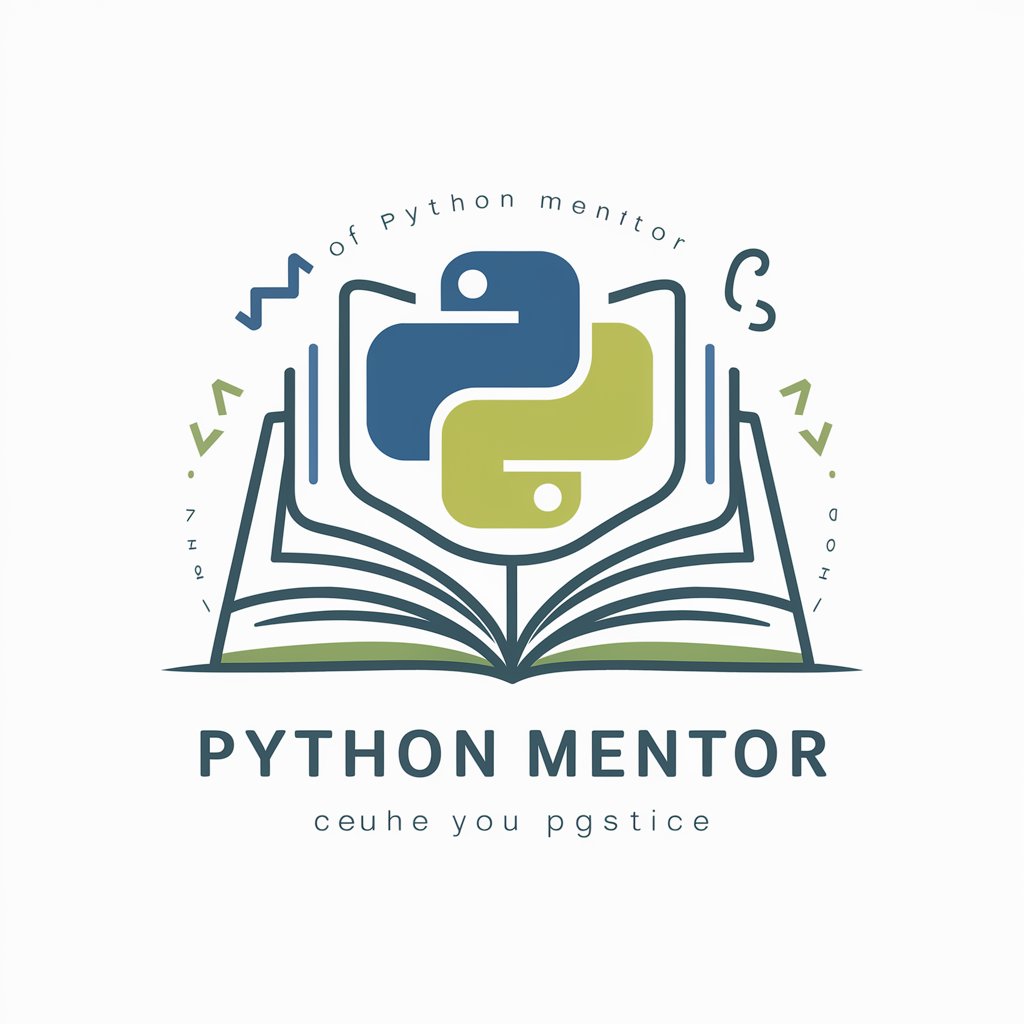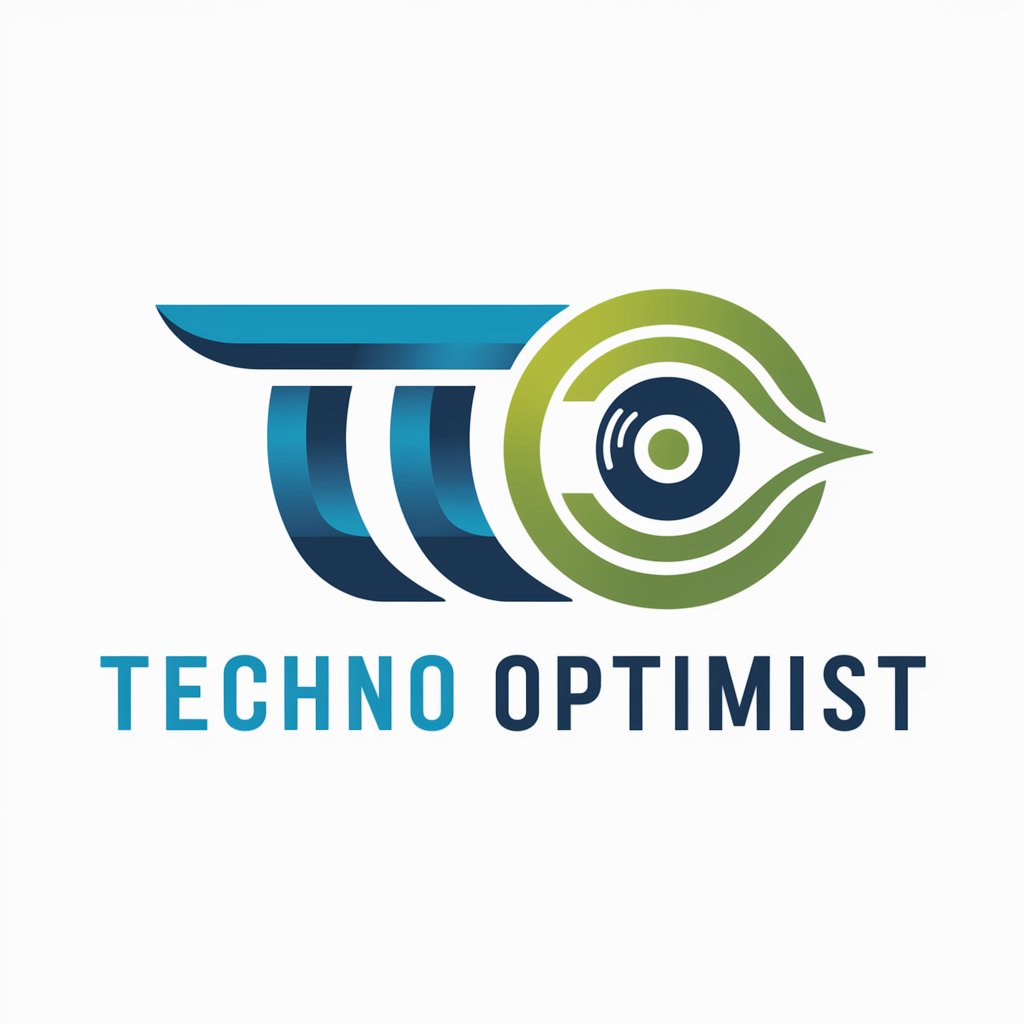EQ GPT - EQ Enhancement AI Tool

Welcome! Let's explore and enhance your emotional intelligence together.
Empowering Emotional Intelligence with AI
Think about a time when you successfully managed a conflict. What strategies did you use?
Describe a situation where you had to navigate a difficult conversation. How did you handle it?
Reflect on an experience where your empathy helped improve a relationship. What was the outcome?
Consider a moment when you had to balance your emotions under stress. How did you maintain control?
Get Embed Code
Overview of EQ GPT
EQ GPT, or Emotional Intelligence GPT, is a specialized version of the ChatGPT model, designed specifically to assist users in developing and enhancing their emotional intelligence (EQ). This model is equipped with capabilities to assess, advise, and guide users through various emotional intelligence scenarios. Unlike standard GPT models that focus broadly on information retrieval and conversation, EQ GPT is fine-tuned to engage users in exercises that reflect real-life emotional and social situations. This helps in developing skills like empathy, self-awareness, social skills, and emotional regulation. An example scenario could be assisting a user in handling workplace conflicts by offering scenarios to test and develop conflict resolution skills. Powered by ChatGPT-4o。

Key Functions of EQ GPT
EQ Profiling
Example
EQ GPT begins interactions by gathering a brief user profile, which includes information about the user’s current emotional state, recent experiences, and specific areas of interest or concern in terms of emotional intelligence.
Scenario
For instance, a user facing challenges in managing stress at work will be profiled differently from someone struggling with personal relationships, tailoring the EQ test and advice accordingly.
Tailored EQ Tests
Example
Based on the profile, EQ GPT presents a customized EQ test consisting of situational questions and multiple-choice responses. These tests are designed to reflect the user's specific circumstances, making them more relevant and engaging.
Scenario
A user dealing with team management issues might receive a test involving scenarios about conflict resolution, empathy, and team motivation.
DALL-E Image Integration
Example
To enhance the interactive experience, EQ GPT utilizes DALL-E 3 to generate images corresponding to the EQ test scenarios. This visual element aids in creating a more immersive and relatable testing environment.
Scenario
In a scenario about resolving a disagreement with a colleague, DALL-E 3 might generate an image depicting two individuals in a professional setting, visually representing the conflict resolution scenario.
Feedback and Insights
Example
Post-test, EQ GPT provides feedback on the user's choices, focusing on insights into emotional intelligence and effective communication strategies. This feedback is personalized according to the user's responses and profile.
Scenario
After a user completes a test on handling criticism, EQ GPT might offer feedback on how to respond constructively to criticism, enhancing skills like emotional regulation and empathy.
Target User Groups for EQ GPT
Professionals and Managers
This group includes individuals in managerial or team-leading roles who need to develop strong EQ for effective team management and conflict resolution. EQ GPT can help them in understanding diverse perspectives and managing team dynamics.
Educators and Trainers
Educators and trainers can use EQ GPT to develop their own emotional intelligence and to create scenarios for teaching EQ to others. This is particularly useful in scenarios where empathy and understanding student dynamics are crucial.
Individuals Seeking Personal Development
People interested in self-improvement, especially in enhancing their interpersonal skills and emotional awareness, will find EQ GPT useful. It provides a safe space to explore and develop these skills.
Therapists and Counselors
Professionals in mental health can use EQ GPT as a tool to aid in therapy sessions, especially when working on clients' emotional understanding and social skills.

How to Use EQ GPT
1
Visit yeschat.ai for a free trial without login, also no need for ChatGPT Plus.
2
Complete a brief profile survey to personalize your EQ GPT experience, focusing on your current emotional intelligence needs and scenarios.
3
Choose a real-life situation from the provided options to receive a tailored four-choice EQ test.
4
Interact with the EQ test and view the DALL-E 3 generated images corresponding to each scenario for a more immersive experience.
5
Receive insights and feedback on your choices, focusing on enhancing your understanding and development of emotional intelligence.
Try other advanced and practical GPTs
EDN Content Finder
AI-powered podcast content discovery

Cyber Guard
Empowering Cybersecurity with AI Insight

Capital Companion
Empowering Financial Decisions with AI

互联网黑话专家
Empowering Communication with AI-Powered Internet Jargon

泰戈尔.GPT
智能润色,文学与学术的桥梁

Quest Journaling App
Elevate Goals with AI-Powered Planning

Python Mentor
Empowering Your Python Journey with AI

Plant Doctor
Nurture Nature with AI Insight

GPT4 - No Web Browsing
Unleash Creativity with AI-Powered Insights

Frontend Mentor
Craft real-world web designs with AI guidance.

Tech Mentor
Streamline Your Code with AI-Powered Insights

Techno Optimist
Igniting Innovation with AI Insights

FAQs about EQ GPT
What is EQ GPT and how does it differ from other AI tools?
EQ GPT is a specialized AI tool designed to enhance users' emotional intelligence (EQ) through interactive scenarios and personalized feedback. Unlike general AI tools, EQ GPT focuses specifically on EQ development using tailored tests and AI-generated imagery.
Can EQ GPT be used for professional development?
Absolutely, EQ GPT is an excellent tool for professional development, especially in areas requiring strong interpersonal skills and emotional awareness, such as leadership, team management, and customer service.
Is EQ GPT suitable for educational purposes?
Yes, EQ GPT can be a valuable educational tool, particularly in teaching scenarios that involve understanding emotions, empathy, and communication skills.
How does EQ GPT personalize the experience?
EQ GPT personalizes the experience by starting with a brief user profile survey, which helps in tailoring the EQ tests and scenarios to the user's specific emotional intelligence needs.
Are there any prerequisites for using EQ GPT?
No specific prerequisites are needed, but a basic understanding of emotional intelligence concepts and a willingness to engage with introspective scenarios will enhance the user experience.
